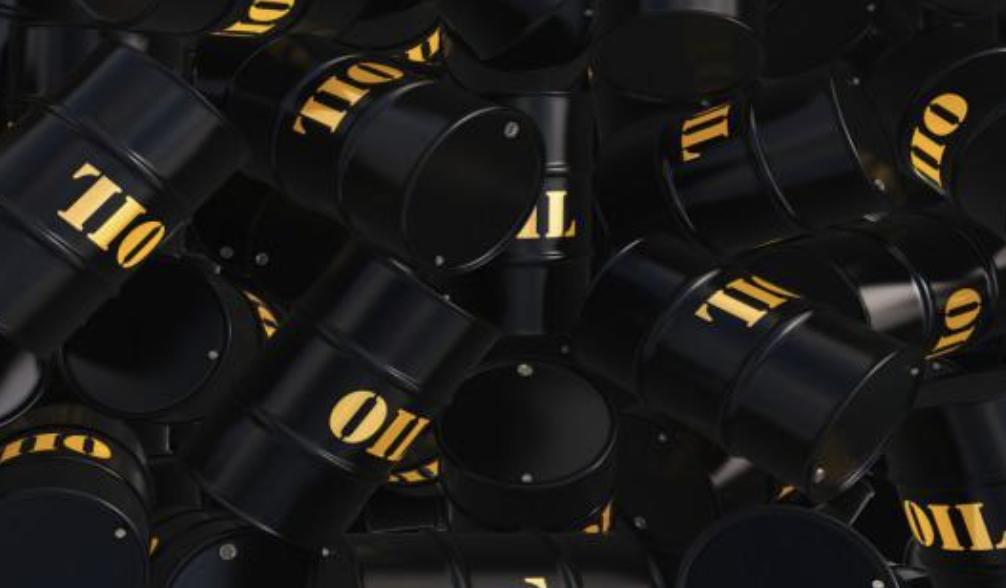
Larissa Barlow
Mar 25, 2022 17:36
Commodity is a term that refers to a basic good used in trade that is interchangeable with other similar items. Commodities are frequently utilized as raw materials in the manufacture of other items or services. While the quality of a particular commodity may vary somewhat amongst producers, it is generally uniform. Commodities must also fulfill set minimum requirements, referred to as a base grade, before they may be traded on an exchange.

The basic premise is that there is minimal distinction between a commodity produced by one producer and a commodity produced by another. Regardless of the manufacturer, a barrel of oil is essentially the same commodity. In comparison, when it comes to electronics, the quality and functionality of a particular product might vary significantly depending on the manufacturer.
Commodities include wheat, gold, meat, oil, and natural gas. The term has been broadened in recent years to cover financial instruments such as foreign currencies and indices. Technological advancements have also resulted in the introduction of new commodities into the marketplace. For instance, minutes and bandwidth on a cell phone.
There are two distinct categories of commodity buyers: those that engage in transactions with producers and those who behave as speculators.
Commodities are often sold and purchased via futures contracts on exchanges that regulate the quantity and minimum quality of the commodity being traded. For instance, the Chicago Board of Trade (CBOT) specifies that each wheat contract is for 5,000 bushels and specifies the grades of wheat that may be utilized to fulfill the contract.
Commodity futures traders fall into two categories. The first category includes commodity buyers and producers who utilize commodity futures contracts for the hedging reasons for which they were designed. When the futures contract expires, these traders produce or receive delivery of the underlying commodity.
For instance, a wheat farmer who plants a crop can protect himself from losing money if the price of wheat declines before the crop is harvested. When the crop is sown, the farmer can sell wheat futures contracts, ensuring a set price for the wheat at harvest.
The speculator is the second sort of commodities trader. These are traders that participate in the commodities markets solely to benefit from the market's erratic price changes. When the futures contract expires, these traders have no intention of producing or taking delivery of the underlying commodity.
Numerous futures markets are extremely liquid and exhibit a high degree of daily range and volatility, which makes them quite attractive for intraday traders. Many index futures are utilized to hedge risk by brokerages and portfolio managers. Additionally, because commodities do not normally trade in lockstep with the equities and bond markets, some commodities may be utilized to diversify an investment portfolio successfully.
The current commodities market is primarily reliant on derivative instruments such as futures and forward contracts. Without the need to exchange real commodities, buyers and sellers may deal simply and in big numbers. Many buyers and sellers of commodity derivatives do so in order to bet on the underlying commodities' price fluctuations for risk hedging and inflation protection objectives.

Mar 25, 2022 15:09

Mar 25, 2022 17:40